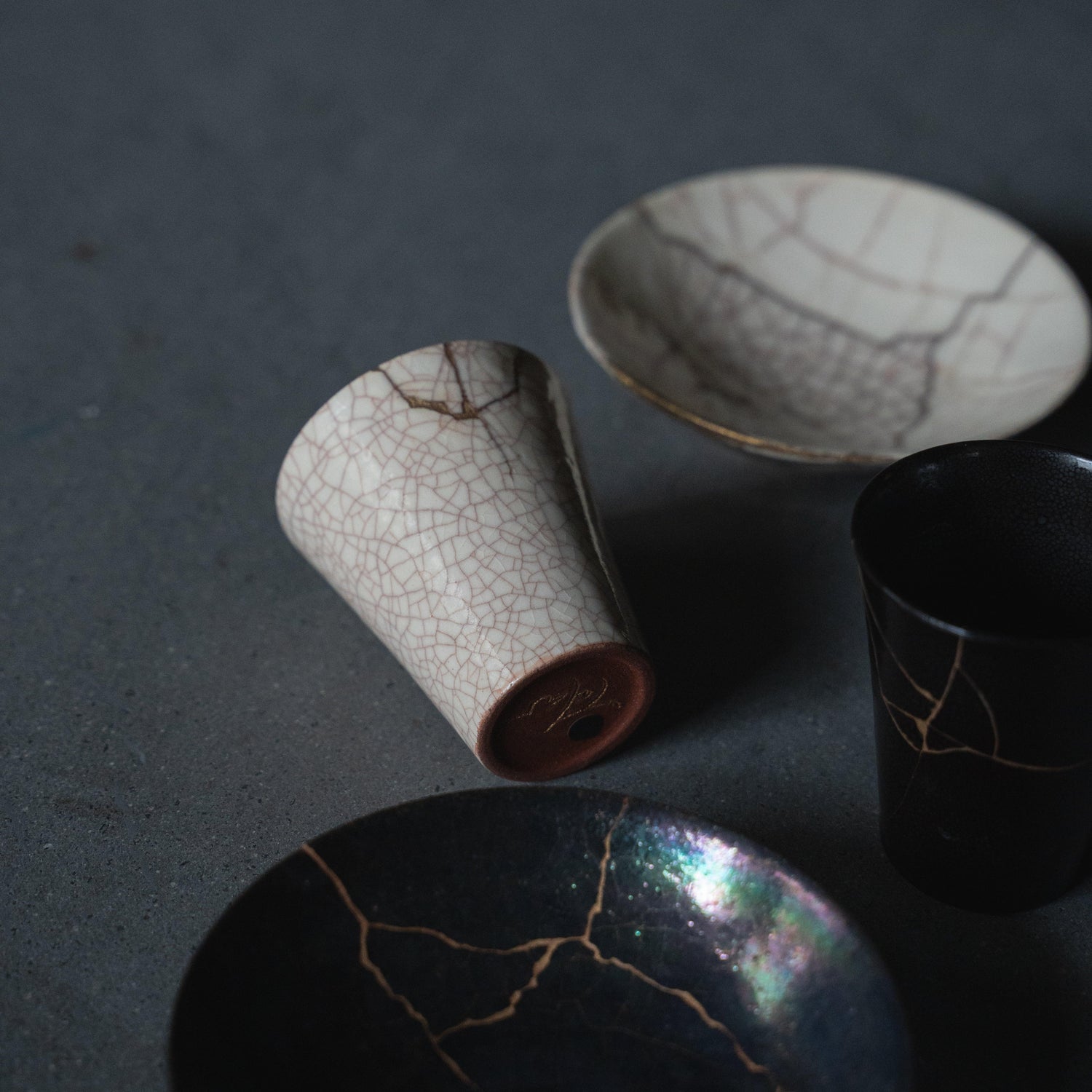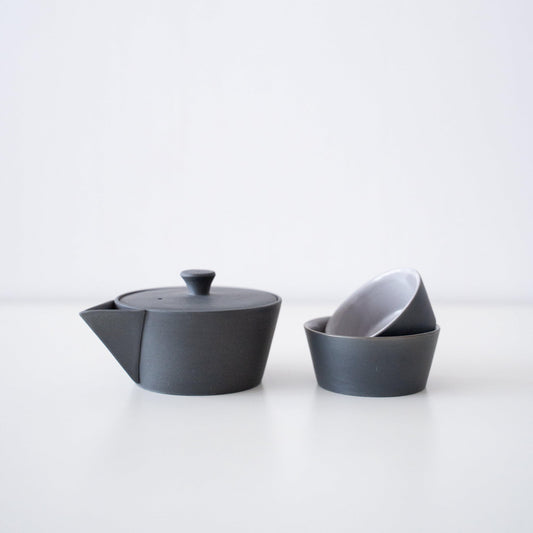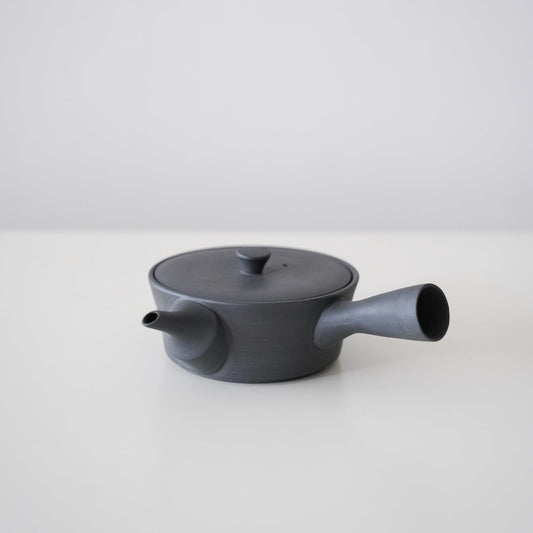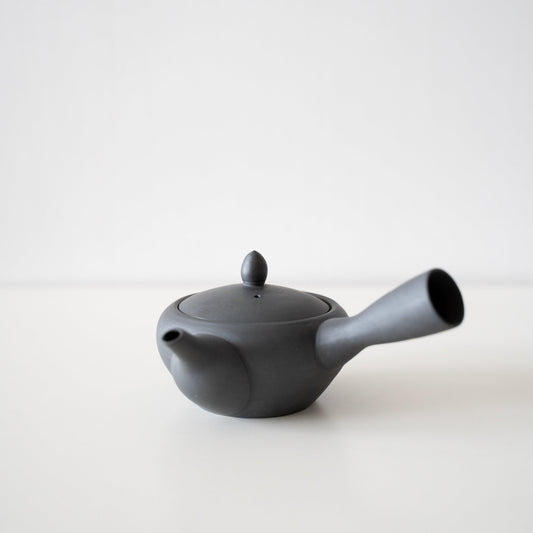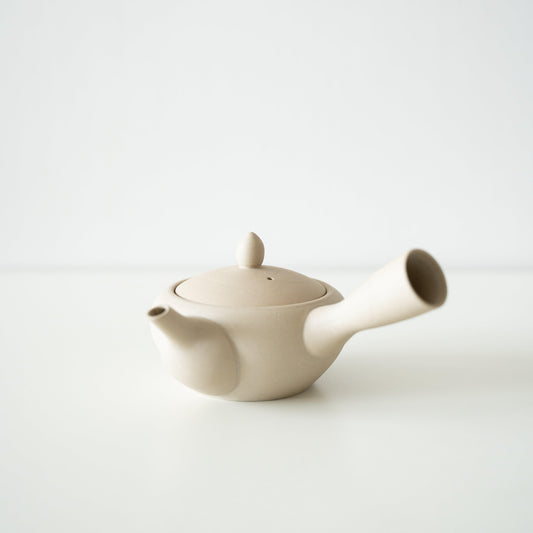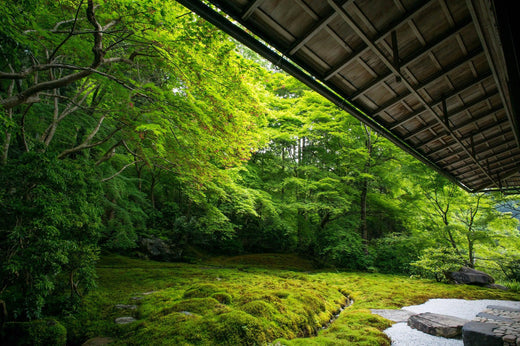
Wabi-Sabi: The Essence of Japanese Aesthetic Beauty
Share
Table of contents
What is Wabi Sabi?
"Wabi Sabi" is a concept that embodies the Japanese aesthetic. It is said that Japanese people understand it intuitively, but this aesthetic, which emphasizes feeling, is very difficult to put into words. Wabi sabi has strong ties to the tea ceremony and Zen Buddhism, and it continues to exert a major influence on contemporary Japanese culture. In this article, we will introduce everything from the key concepts of wabi sabi to how to incorporate it into your lifestyle.
Key Concepts of Wabi Sabi
Wabi sabi is composed of two words: "wabi", which represents a spiritual attitude, and "sabi", which represents the state of material things. In other words, it can be said that by having the spirit of wabi, one can recognize sabi. Here, we will introduce the meaning and background of "wabi" and "sabi" in detail.
Wabi: Embracing Imperfect Beauty

“Wabi” is a central concept in Japanese aesthetics, referring to the beauty found in imperfection, impermanence, and simplicity. Originally derived from the verb "wabu", it had negative connotations such as "to be dejected" or "to be lacking". However, from the Middle Ages onwards, under the influence of Zen Buddhism, the idea that true richness and beauty can be found in insufficiency and deficiency spread, and wabi came to have a positive meaning.
Wabi rejects ornate decoration and perfection, respecting the natural state and things as they are. Even imperfections and deterioration due to aging are seen as part of beauty, and a deep flavor and depth are perceived in them. For example, in the tea ceremony, tea bowls with distortions and cracks, simple tea rooms, and withered flowers are used as expressions of wabi. These represent the transience of nature and reverence for things beyond human control.
Wabi is not just a concept; it is also deeply connected to one's view of life and way of living. It is the idea that by facing and accepting imperfection and impermanence, one can attain true peace of mind and fulfillment.
Even in modern society, the spirit of wabi continues to influence us in various ways, such as the value placed on spiritual richness over material affluence and the pursuit of a sustainable society.
Sabi: Appreciating the Beauty Woven by Time
“Sabi” is an important concept in Japanese aesthetics, referring to the beauty of things that change and deepen with the passage of time. It is the sensibility of perceiving the passage of time, history, and the power of nature in old things, decaying things, and silence, and finding a unique beauty in them. For example, the beauty of sabi exists in things that at first glance evoke a sense of decline or loneliness, such as the moss-covered roof of an old temple, the texture of well-used tools, and the autumn scenery with falling leaves.
Sabi is deeply connected to accepting change and understanding impermanence. All things are constantly changing and are destined to perish. Sabi teaches us not to lament this inevitable fact, but to savor the process of change itself and find beauty in it.
Furthermore, sabi values inner essence and depth over external beauty. It is the idea that true beauty lies not in flamboyance or showiness, but in stillness, simplicity, and austere elegance. Sabi can be widely seen in Japanese traditional culture such as the tea ceremony, flower arrangement, haiku poetry, painting, and gardening. By incorporating elements that evoke a sense of sabi, such as old tea bowls, withered branches, and desolate landscapes, depth and profundity are given to the works.
Even in modern society, the spirit of sabi continues to influence us in various ways, such as an antithesis to the mass production and consumption society, the slow life movement, and the growing interest in antiques.
The Influence of Wabi Sabi on the Modern World
The Japanese aesthetic of "wabi sabi" is still being passed down in various forms in modern Japan. For example, the pursuit of minimalism and a sustainable lifestyle resonates with the spirit of "wabi sabi". Many works influenced by "wabi sabi" can also be seen in the fields of contemporary design and art, and works that are simple yet have deep meaning are highly evaluated. The beauty found in the elimination of waste in minimalism and the harmony with nature felt in a sustainable lifestyle are very close to the spirit of wabi in "wabi sabi".
Enriching Daily Life with Wabi Sabi Art and Interior
Interest in the wabi sabi aesthetic is increasing in the United States, Europe, and other parts of the world. In today's global mass-consumption society, people seeking spiritual richness have come to empathize with the wabi sabi aesthetic of carefully selecting only the necessary high-quality, simple items. "Wabi Sabi" has a universal value that resonates with people across eras, and its spirit continues to influence many aspects of modern society.
Here, we will introduce wabi sabi art and interior design that are easy to incorporate into your life so that you can experience the timeless value of wabi sabi.
Wabi Sabi Art
Typical examples of art that allow you to experience the spirit of wabi sabi include handmade pottery, kintsugi, and calligraphy.
Handmade pottery, with its cracks and uneven glaze that may seem like flaws at first glance, symbolizes the spirit of "wabi sabi". These pieces of pottery gain more character with use, and you can feel their beauty increase over time.
Kintsugi is a technique that was born to repair broken pottery. By joining the broken pieces with gold, this technique makes the pottery even more beautiful. Kintsugi embodies the spirit of wabi sabi by affirming the changes brought about by time and finding beauty in imperfection. It is a Japanese art form.
Calligraphy is the Japanese art of writing characters with a brush and ink. In tea rooms used for the tea ceremony, there is a space called a Tokonoma where people can appreciate the beauty of calligraphy displayed on a hanging scroll. It can be said that calligraphy is an art form that is inseparable from wabi sabi. Characters created by human hands have a sense of impermanence, as their expression changes each time they are written, even if they are the same character.
Wabi Sabi Interior
By using a wabi sabi interior, you can create a tranquil and healing space where you can feel the Japanese aesthetic. First, choose furniture made from natural materials. Furniture made from solid wood, bamboo, straw, and other natural materials resonates with the spirit of "wabi sabi".
These pieces of furniture gain more character with use, and their beauty stands out when they are cherished for a long time. In addition, high-quality natural materials have an attractive scent. For example, furniture made from Japanese Akita cedar gives off an elegant cedar scent, adding a touch of class to your room. Just as Sen no Rikyu, the tea master who popularized wabi sabi, was particular about each tool, the quality of materials is also very important.
Another recommendation for wabi sabi interior design is to incorporate items that actually use Japanese materials or are made in Japan. For example, lighting that uses Japanese paper, a traditional Japanese craft, is a typical example. Japanese paper softly diffuses light, creating a warm atmosphere in the room.
Other examples include vases. In the tea ceremony, there is a culture of modestly decorating the tea room with "chabana" or tea flowers. Simple Japanese-made vases like those used for chabana are perfect for experiencing wabi sabi.
Experiencing a Japanese Tea House at Home
Experiencing the Japanese tea ceremony is very effective for understanding wabi sabi, but it may be difficult to experience it in an actual tea room. Therefore, why not try experiencing a tea room at home? Sen no Rikyu, the grand master of the tea ceremony, said, "The most important thing in the tea ceremony is the space of the tea room and the tools." Why not gather a high-quality Japanese tea set and enjoy tea slowly in a quiet space to immerse yourself in wabi sabi?
Wabi Sabi is a concept that represents the Japanese aesthetic, and it is a profound way of thinking that finds beauty in imperfection and impermanence. In this article, we have explained the meaning, history, and modern-day influence of wabi sabi. Wabi Sabi continues to influence various fields, including art, interior design, and lifestyle. We encourage you to understand the spirit of wabi sabi and incorporate it into your daily life as a hint for living a richer life.










